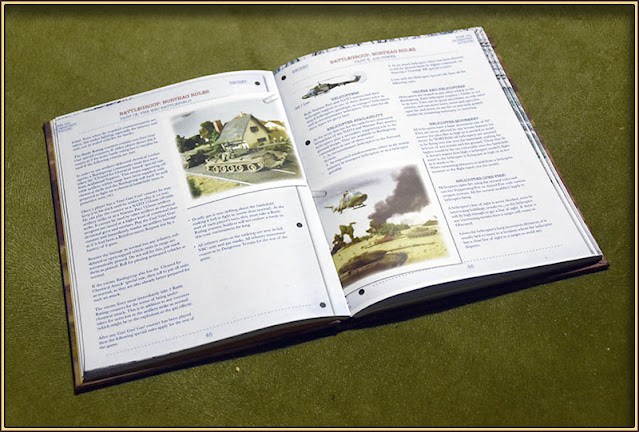 |
| EssDee SoftCut |
First test of the EssDee SoftCut lino-like carving block stuff. The image is small, only 105x75mm, printed on 90gsm copy paper with Five Star water-based sepia ink.
It's very easy to cut, that's for sure. You do have to make sure your tools are very sharp (as always) as its rubbery texture is a bit resistant to any hint of bluntness, but then that's true of any carving medium.
The softness of the block does create an issue in printing: you can see, in the detail image, that there's a sort of halo line around the edges of the clouds and the tree where they are unsupported. That's due to the block being squished under the pressure of the press. It's not a huge problem though, and you'd probably never notice it on the print unless you put it under magnification — and why anyone would want to put a linocut under magnification I don't know.
Note: Five Star ink is not the best, but it is about the cheapest I've found in NZ.
The material has a slightly textured side and a very smooth side. Neither side responds at all to the solvent transfer method of transferring an image to the block.
You can draw directly on the block with a pencil or Sharpie, but in the case of the Sharpie you must clean off the block before inking up or else the Sharpie ink will also be printed.
Next Day
I've learned some more about handling this block material by cutting this little 75x105mm doodle.
I can make the cutting more obvious by scribbling over the block with a Sharpie before I start drawing, and then wash it (incompletely) with meths or isopropyl. This creates a stain on the surface of the block, so that the fresh cuts stand out a lot more.
Note: the before drawing is important, as otherwise you'd be likely to wash off your drawing at the same time.
Another thing, an annoyance, is that the action of the cutter through the rubbery material creates a static cling, and the swarf tends to gather in the hollow of the cutter and obscure my view of just where the edge is. It won't just come out by tapping, as the bits are all electrostatically attracted to both the cutter and each other, so I keep a brush handy to brush them out.
Yet another thing is that, unlike MDF, this rubber block is absolutely unabsorbent. That means that with repeated inkings, ink will tend to gather in the edges of cuts and will fill in very small hollows. It's easy enough to mitigate though, once you know it's an issue: a blind pressing or two on some very absorbent tissue (toilet paper is ideal) will help, and if worst comes to worst the block can be washed out before proceeding.

















































